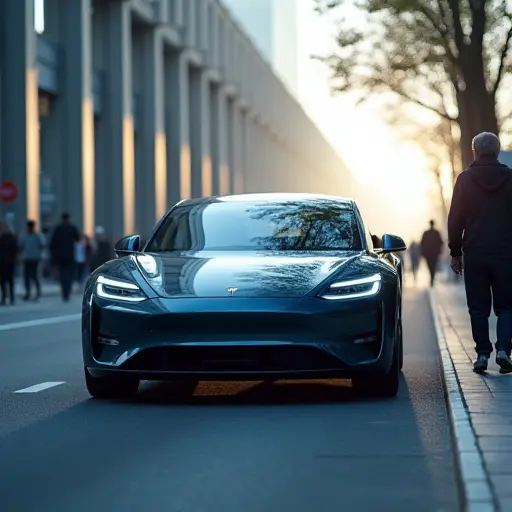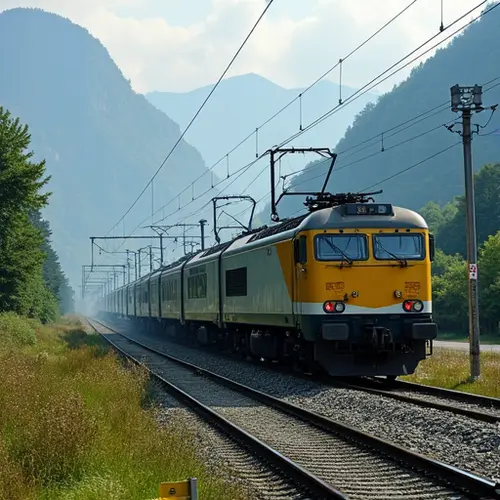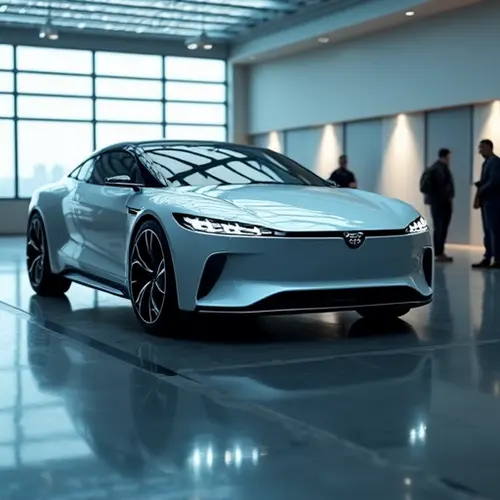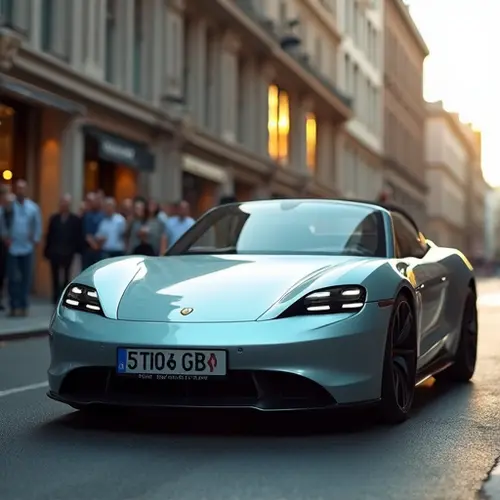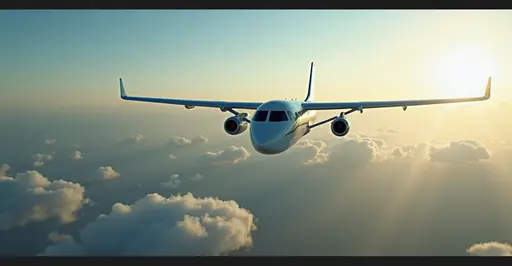
The Race to Certify Zero-Emission Aircraft
The aviation industry is accelerating efforts to certify electric and hydrogen-powered aircraft as global pressure mounts for sustainable air travel. Major players like Joby Aviation and ZeroAvia are making significant strides in regulatory approvals, with both companies reporting record certification progress in 2025.
Joby's Certification Milestones
Joby Aviation announced its second consecutive quarter of record certification progress in May 2025, marking a critical step toward FAA flight testing. The company has begun routine transition flights with pilots onboard - a first for electric air taxi developers. Joby also formed a partnership with Virgin Atlantic to launch services at London Heathrow and Manchester airports.
ZeroAvia's Hydrogen Breakthroughs
Meanwhile, ZeroAvia secured nine new patents in 2025 for hydrogen-electric engine technology, including innovations for large regional aircraft. The company's ZA2000 engine design targets 40-80 seat turboprops like ATR and Dash 8 aircraft. ZeroAvia also signed agreements with Loganair for zero-emission flights and received a £10.8m UK government grant for liquid hydrogen fuel system development.
Regulatory Landscape
Certification remains the critical hurdle for zero-emission aircraft. Type certification confirms an aircraft's airworthiness according to manufacturing design, with costs reaching millions of dollars. Both companies are working closely with regulators:
- Joby is advancing through FAA certification phases
- ZeroAvia has submitted its 20-seat engine to UK CAA
- New supplemental type certificates (STCs) being developed
Industry Readiness
Manufacturing capacity is expanding globally. Joby is completing its doubled manufacturing facility in Marina, California, while ZeroAvia is establishing a Hydrogen Centre of Excellence near Glasgow Airport in Scotland. The industry faces challenges including:
- Hydrogen infrastructure development
- Pilot and maintenance training
- Supply chain scaling
With over 100 electric aircraft designs in development worldwide, the 2025-2030 period is becoming pivotal for zero-emission aviation's commercial viability.

 Nederlands
Nederlands
 English
English
 French
French
 Deutsch
Deutsch
 Espaniol
Espaniol
 Portugese
Portugese




